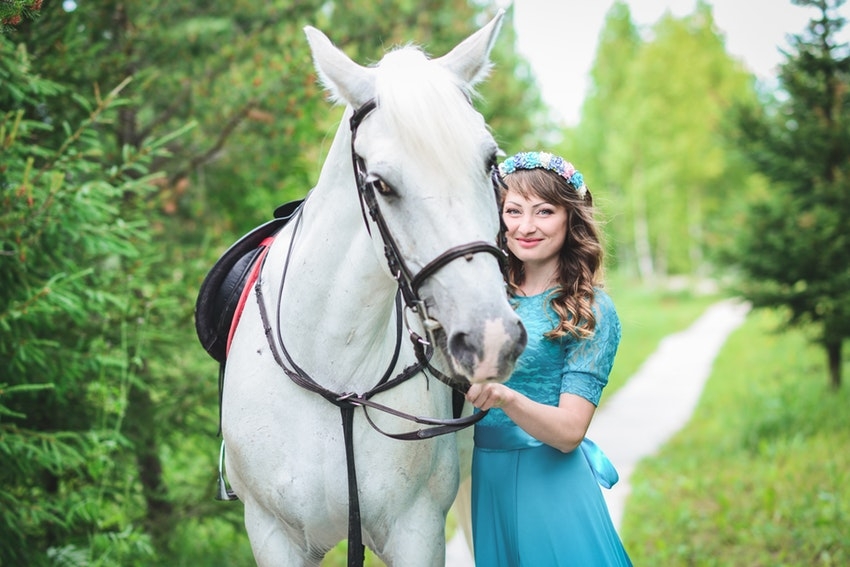Positive
|
I He/She/It We/You/They |
can could |
ride a horse. |
Negative
|
I He/She/It We/You/They |
can't couldn't |
dance the tango. |
Question
| What |
can could |
I he/she/it we/you/they |
do? |
Can/ Can't
The modal can (negative: can't) expresses the capability to do something.
Can and can't have the same form in all persons.
We don't use the forms do and does with modals.
Can is followed by the infinitive without to.
- She can play the piano really well.
- He can't cook very well.
- They can speak French but they can't speak Japanese.
- A - Can you swim?
B - Yes I can/ No I can't - A - She is very far from here! Can she hear me?
B - Yes, she can/ No, she can't
Could/ Couldn't
Could (negative: couldn't) is the past of can, and has the same form in all persons.
Could is followed by the infinitive without to.




